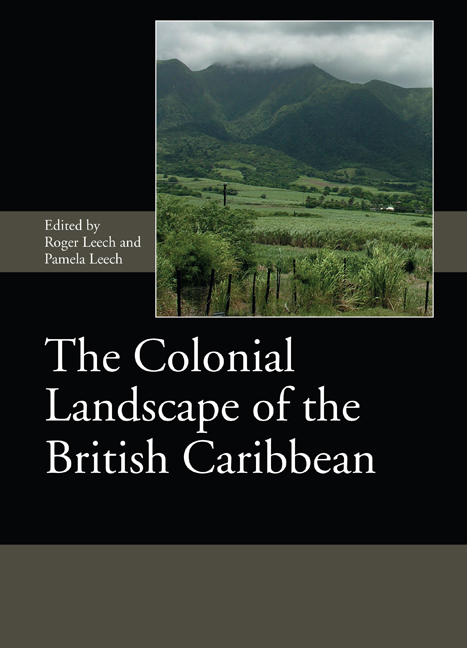10 - Observations on the European Ceramics from Nevis
Published online by Cambridge University Press: 31 March 2021
Summary
SUMMARY: European ceramics recovered from excavations and fieldwalking in Nevis present a consistent picture of the wares available during the first 250 years of the island's colonial history. Earlier assemblages comprise a wide range of British and European wares of the types commonly found in colonial contexts, but by the end of the 18th century a near total reliance upon British-made goods is evident and the importance of Britain's major industrial pottery producing centres is clear.
INTRODUCTION
The writer first had the opportunity to examine ceramics from Nevis in 1998, when Channel 4's Time Team TV programme undertook excavations at Mountravers and test pitting at Jamestown. An initial report on the ceramics was prepared for the resulting report, with a more detailed report compiled following analysis of the ceramics under more favourable conditions back in the UK. Subsequent excavations at Mountravers, together with field survey at the nearby site of a slave village, directed by Roger Leech and Bruce Williams, have yielded a much larger and more varied artefact assemblage which offers fresh insights into the material culture of a plantation house, while further fieldwork and test pitting at Jamestown in 2000, 2002, and 2003 yielded further evidence for the early settlement and later activity on that site.
In addition to ceramics from Mountravers and Jamestown, material has been examined from the 2000–1 excavations in Charlestown; plantation sites at Fenton Hill, Upper Rawlins, and Low Ground; and a post-emancipation village, Nugent’s. Other ceramics have been found in the island's fields during field-walking and as casual finds by local people. All seem to provide a consistent picture of the range of ceramics used on Nevis, and one which corresponds closely to that formed from the archaeological finds.
POTENTIAL OF THE CERAMIC EVIDENCE
The role of ceramics in historical archaeology is well-known and needs no reiteration here.
- Type
- Chapter
- Information
- The Colonial Landscape of the British Caribbean , pp. 197 - 216Publisher: Boydell & BrewerPrint publication year: 2021

